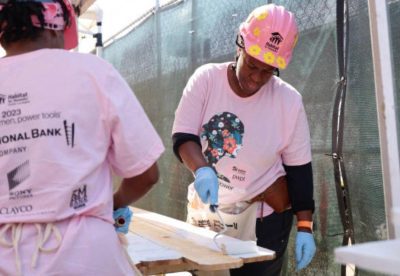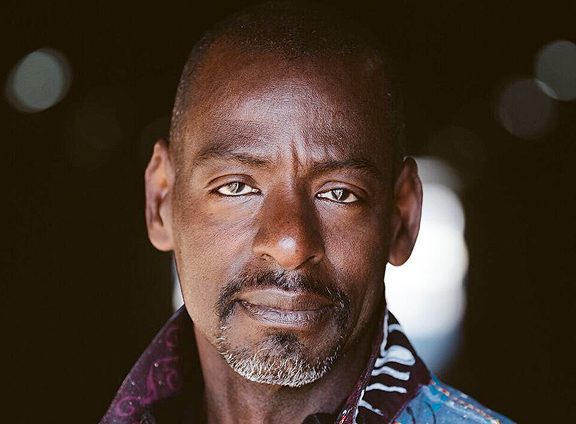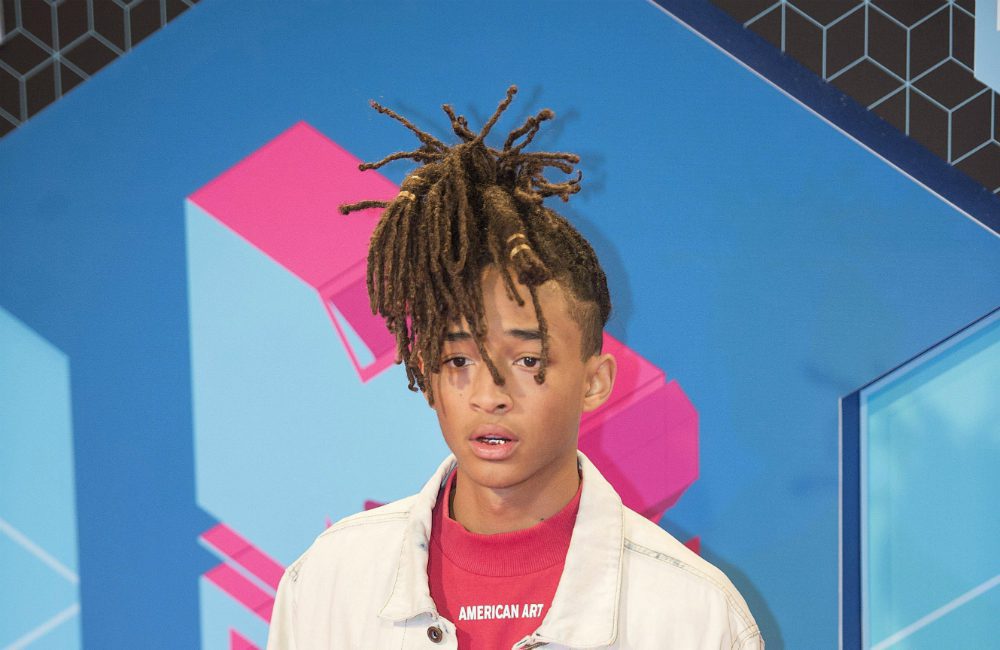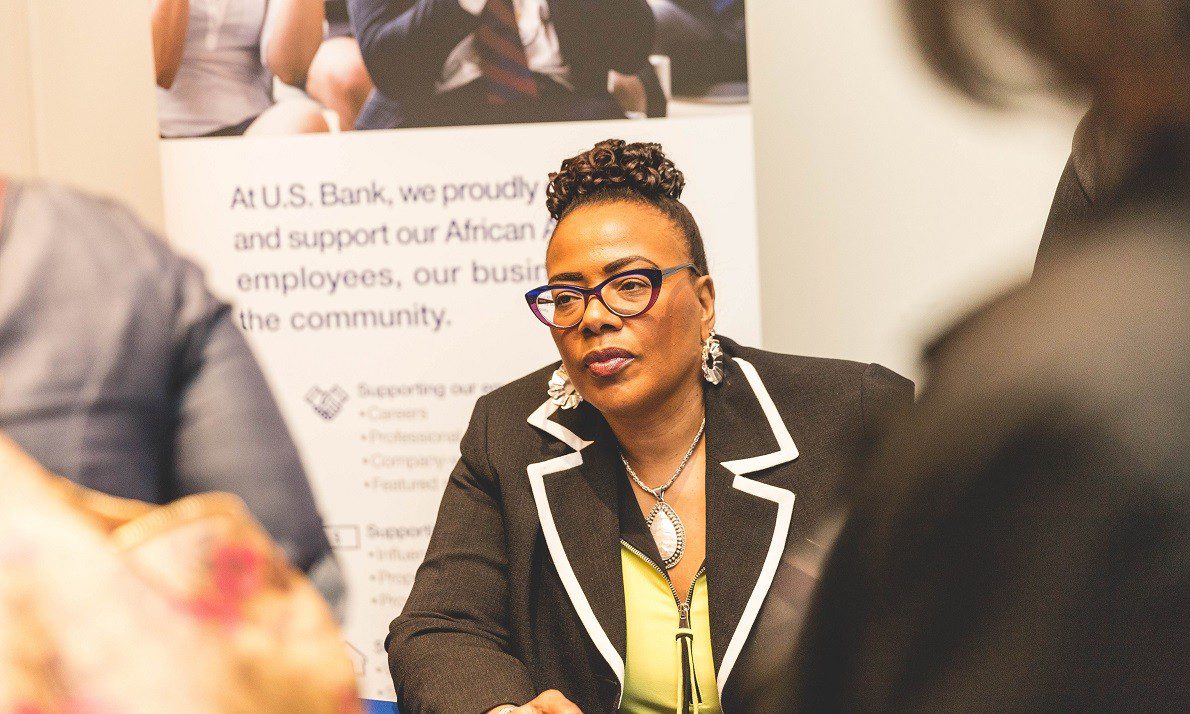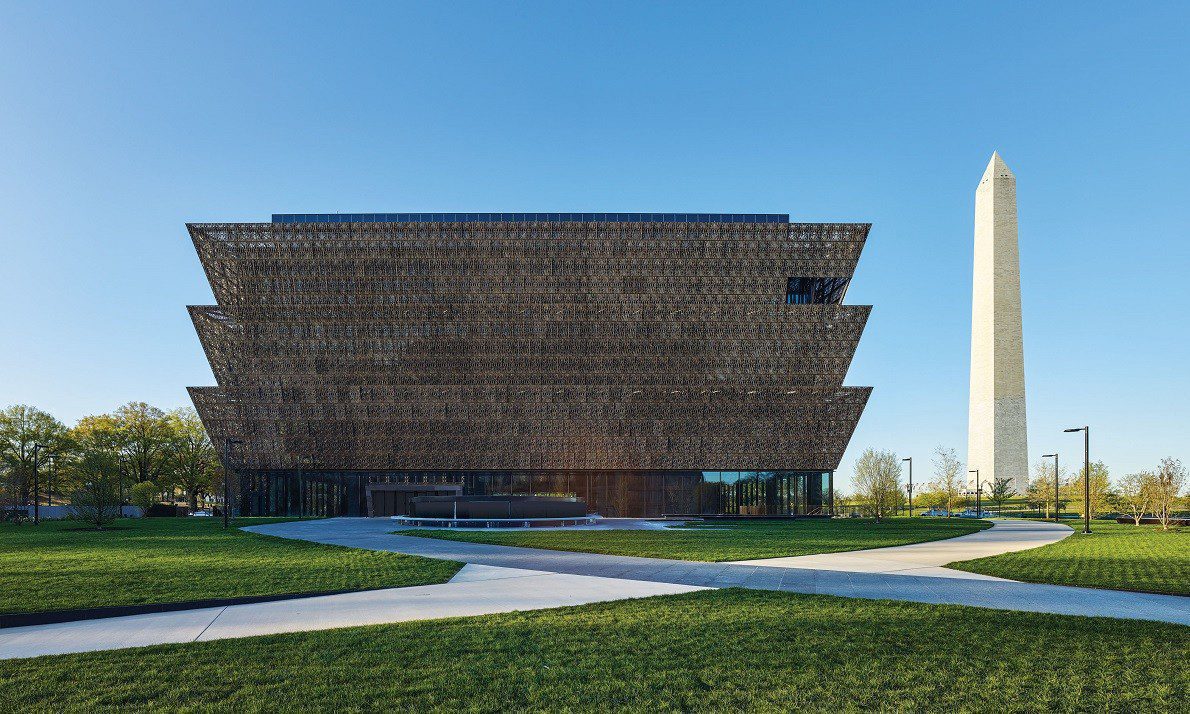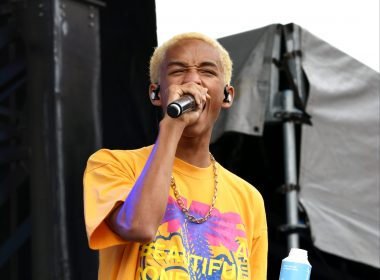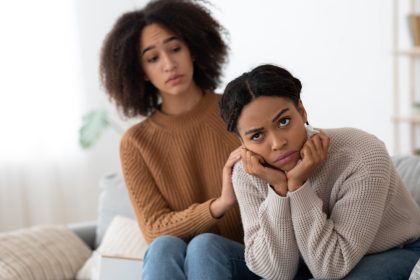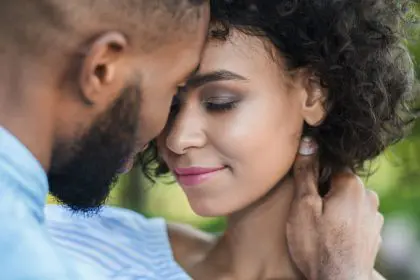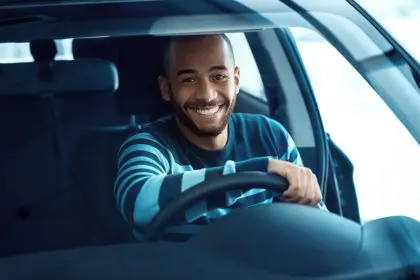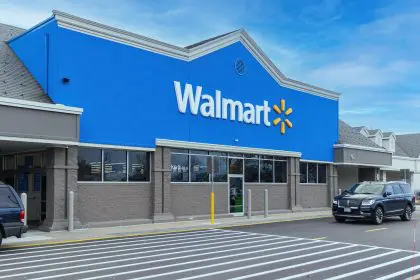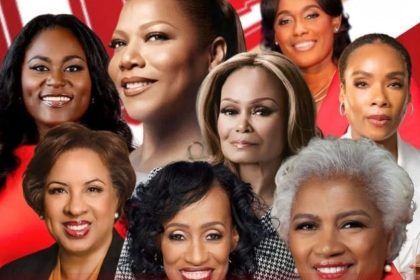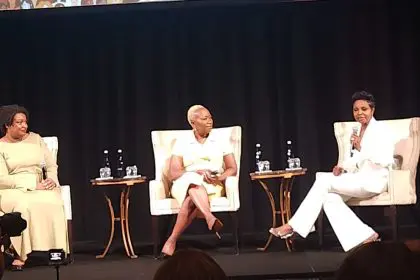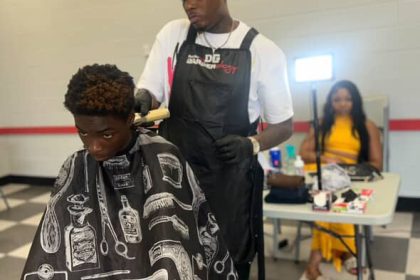Jason Foster’s vision and goal is clear: he wants to provide a better “Black L.A.” for residents and visitors in Crenshaw, CA.
The home of the late Nipsey Hussle is now best known for the Slauson Donuts shop and Hussle’s Marathon clothing store, the place where the philanthropist and hip-hop artist spent much of his time and last moments. Foster, president and COO of Destination Crenshaw, shared his latest vision for the Los Angeles County neighborhood at U.S. Bank‘s wealth equity roundtable in New York City at Sylvia’s Restaurant on May 11.
The roundtable also featured Jay Bailey, CEO of the Russell Innovation Center for Entrepreneurs; WNBA Commissioner Cathy Englebert; Sandra M. Moore, managing director and chief impact officer at Advantage Capital; Claudia Romo Edelman, CEO of We are All Human; and Dan Rosen, General Partner at Commerce Ventures.
Foster took time during the roundtable to speak with rolling out about his organization’s vision.
What is the mission of Destination Crenshaw?
The mission of Destination Crenshaw is to revitalize Crenshaw Boulevard using arts and culture from Black Angelenos to celebrate the history, legacy and future of Black Los Angeles.
Why does Los Angeles need this?
Destination Crenshaw was created as a way to stave off gentrification and displacement that takes place around infrastructure investments. The Crenshaw community really wanted to stand up and be acknowledged for their contribution to what L.A. is. Ultimately, Destination Crenshaw is an urgent message that we need a space for Black L.A. to thrive in our businesses. Our residents can all center around this place to be celebrated and be hopeful for the future.
Why does the Black community need to organize?
Destination Crenshaw started because Metro [transit system] recently finished the K line development. This is a train line that goes from mid city to the airport. It was meant to connect people and make sure that they get to the airport, but it was going to bypass the Black community along Crenshaw Blvd.
The council member who represents the area, Councilmember Marqueece Harris Dawson, was a community organizer at the time. They started an engaging effort to organize community members through community coalition to really engage them on what they would want to see once the train is done. Once they brought in Perkins&Will Architecture, we brought on Black architectures, and specialized in cultural infrastructure projects like the Motown Museum and the African American History Museum. They really brought up what we believe is a unifying narrative around growing where we’re planted and also showing the beauty of Black community through community pocket parks and spaces. Over 100 public art commission’s, 822 trees, really a holistic effort and repair-to-development project Black L.A.
Why do you need to focus on repair-to-development before you get into development?
Repair-to-development is a necessary philosophy because we have to actually repair our relationship with our own community first. Too many times in the Black community, when it improves, people are resigned to think that it’s for someone else, and it’s not for them. That really doesn’t represent who we are as a people intrinsically. So, we want to bring that feeling that we have as Black people outside of our bodies that make us proud of where we are and who we are, so that we have co-ownership of this space as it improves, as it gets better. We can believe it’s for us, and we can actually use it as a way to catapult to future.
What did you learn from Howard University that motivated you to become an organizer today?
Graduating from Howard University and being from Knoxville, Tennessee, allowed me to see Black people from all different spaces in all different backgrounds, throughout this country. It allowed me to experience what is Black freedom during homecoming. But it also made me aspire to having a space where we can actually be seen as people, protected as people, and we can learn and actually grow and connect together.
I’m forever grateful for what it means to be a Howard alum, but ultimately the network and the creativity around my friend circle, those are the people that actually make me know and believe that belonging is where you are. We can have a home wherever we are, as long as we’re connected with the people that are around us.
For those outside of Crenshaw and want to participate in the movement, how can they go about doing so?
If you want to participate in Destination Crenshaw, you can look us up on a website destinationcrenshaw.la. You can follow us on Instagram and all the other handles @destinationcrenshaw. You can come to L.A., ride the K line, come to Leimert Park and Crenshaw Blvd. We got 43 brick and mortar businesses along the corridor that have everything, from a dog groomer to a salon shop, to the universal college of beauty and everything in between. We have Dulan’s Soul Food, we have everything that makes Black L.A. special. Ultimately, what we have are people that love their community, that want their space to be a destination for them first. When you see that from wherever you are, you’ll recognize the Crenshaw, there’s only one of those, and we love it here in Black L.A.

